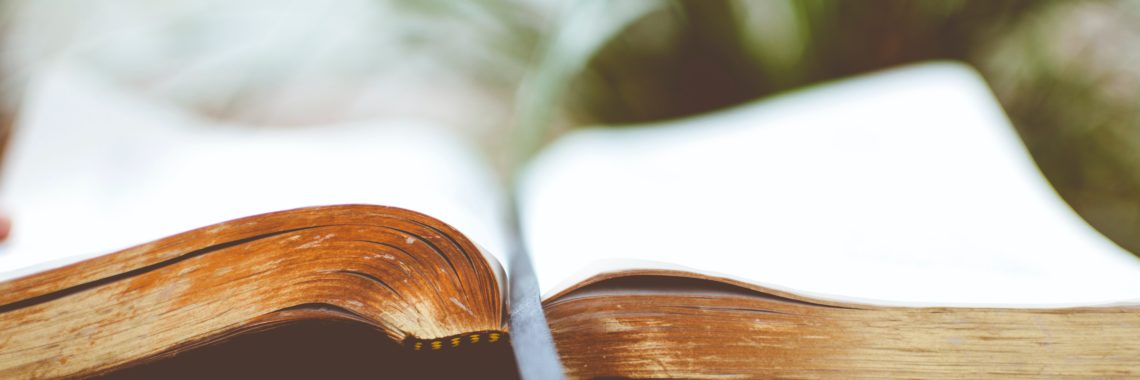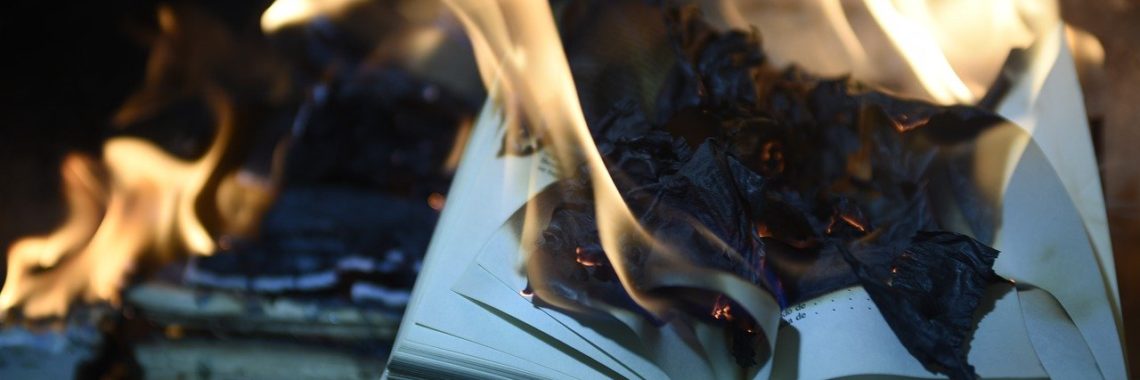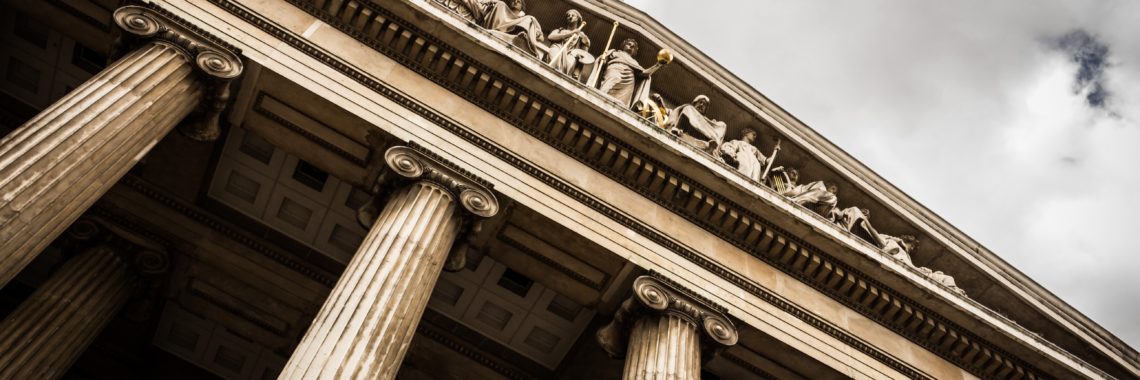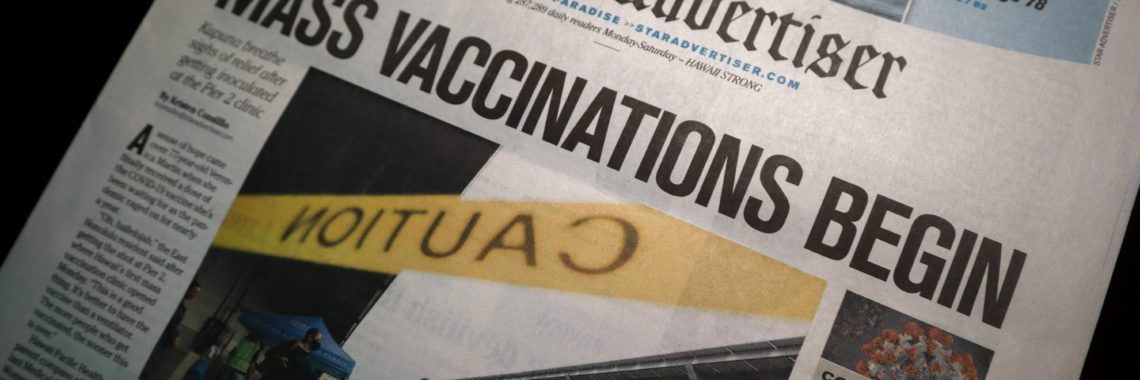“Australian Jurists and Christianity” by Geoff Lindsay and Wayne Hudson
Australian Jurists and ChristianityGeoff Lindsay and Wayne Hudson An Overview by Geoff Lindsay and Wayne Hudson This volume is part of a fifty-volume series on “Great Christian Jurists in World History”, presenting the interaction of law and Christianity through the biographies of 1000 legal figures of the past two millennia. Commissioned by the Center for…











